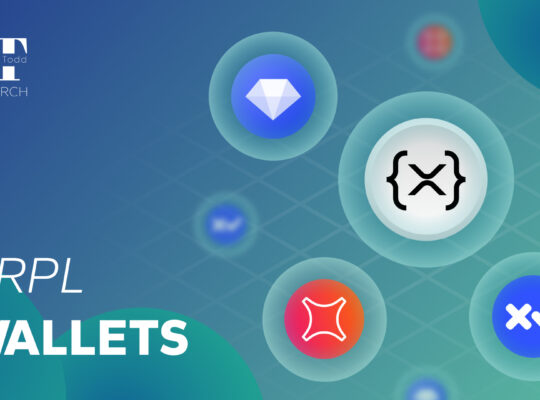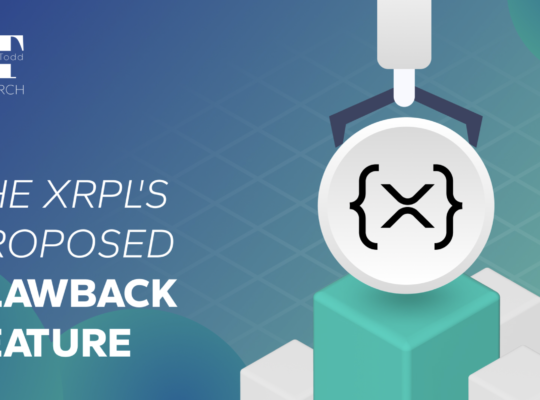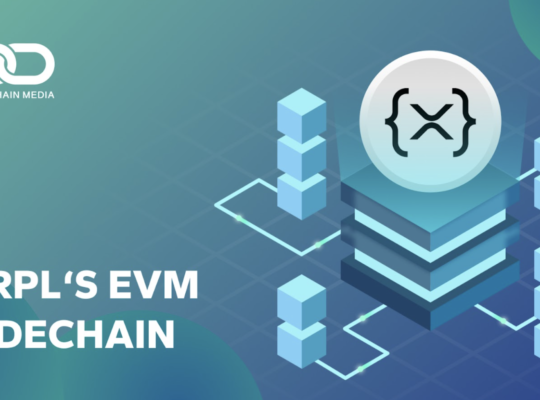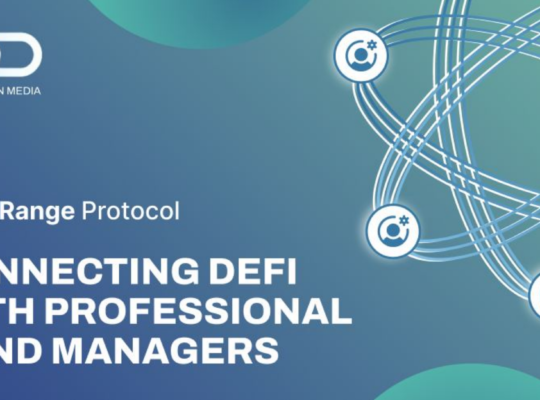Learning about decentralized finance (DeFi) is very challenging. Minimal resources exist online, and even if found, they tend to only teach very general and fragmented concepts, such as “what is Ethereum? ”.
To actually become a strong DeFi user, it takes a lot more than just some online articles.
Below I’ll be sharing my journey to becoming a DeFi professional who works with some big names in the game and can hold my own in 1-on-1s with CTOs and Founders. I began less than a year ago and hope that my story provides some clarity on what works, and helps to speed up the reader’s learning.
Also — I actually love teaching it, so please reach out if you have any questions!
Background
For context, I studied my MSc in Big Data & Analytics in Madrid, so I had a bit of a headstart in terms of understanding technology. None of my courses had relevance to blockchain (e.g. Machine Learning or Recommendation Engines), but I would say that it trained me in a certain way. One example might be myself coming across a complex piece of blockchain information, and rather than becoming overwhelmed and closing all of my tabs, I was instead able to search for additional information online until it was understood.
Anyways — my roommate had told me about blockchain, and during my December 2021 winter break, I enrolled in Coursera’s Introduction to Blockchain Course.

This took about 3 weeks and taught me fundamentals about the space:
- What are the issues with the existing financial system?
- What are blockchains and why do they make sense?
- What is hashing? How does cryptography work?
- What are some blockchain challenges, and how might they be resolved?
The course was fantastic.
Advice: Doing some sort of course on blockchain is a great way to not only see if you find it interesting but to gain a fundamental understanding of the landscape prior to diving into its intricacies.
Getting Hired
I knew that working in any field other than blockchain would only delay the inevitable. I therefore cold emailed countless firms in the industry, pitching my mix of business and technical skills. It turns out that most tech people have trouble communicating with business people, and vice-versa.
About a month later I was hired by Stably, a Seattle-based DeFi company, and moved into their crypto startup house in May 2022. Over the course of 7-weeks, I basically picked the brain of the CEO daily, a man extremely knowledgeable in the space. This absolutely accelerated my learning curve and gave me a strong perspective on what was real, and what was “BS”.


That being said, much of it was theory, and the CEO’s biggest piece of advice was to actually use DeFi in order to learn it. I had been spending a lot of free time researching topics (e.g. what is Stellar Blockchain? what is a Layer 2?) and reading whitepapers, but hadn’t actually been using it.
Advice: studying DeFi casually for 5 hours per week is much different than actually working in it full-time. If possible, I suggest getting direct experience in the field, even if your salary takes a hit for a while. It will pay off!
Actually Using DeFi Protocols
My true DeFi learning came from using the DeFi protocols themselves, and attending industry conferences and events.
I’m a big supporter of DeFiLlama which lists all DeFi protocols in existence.

Once you actually have a MetaMask (or another non-custodial wallet), it’s just a matter of actually getting funds into your wallet and using the protocols. Here’s a quick guide for getting started with MetaMask.
You’ll also need to send funds to your MetaMask. A centralized exchange like Binance or CoinBase are easiest for purchasing crypto, at which point I suggest sending it to your wallet using your wallet’s address. Below is a screenshot of myself sending ETH to the Binance Smart Chain network which I can access via my MetaMask.

For the sake of playing around, I suggest using an L2 such as Polygon or Arbitrum, as their fees are much lower than Ethereum although they still have a large suite of decentralized applications (dApps).
DeFiLlama lists all dApps on each network, such as in my screenshot above.
Advice: as you begin exploring DeFiLlama and connecting your wallet to various dApps, you’ll have more questions than answers. This is good. Crypto is typically a rabbit hole — just keep learning!
You’ll quickly realize that a lot of the information is new, spurring you to do more research on your own.
Some questions might include:
- What is a decentralized exchange like Uniswap V3? Where does the liquidity come from?
- How is Uniswap different than Curve? (hint: Curve is for similarly priced assets, like stablecoins).
- What is MakerDAO’s stablecoin DAI? What other types of stablecoins exist?
- What is this liquid staking that Lido talks about?
If you actually find the above interesting and take the time to learn it, you’ll be WAY ahead of the curve with huge opportunity ahead.
Keep in mind that some projects are just extremely complex and may be better left for later. This is still true for myself. But bit by bit, you’ll have used many DeFi protocols and understand core concepts.
Attending Conferences and Events
I mentioned that conferences and events were my other means of learning DeFi.
Many resources exist out there that list all industry conferences, such as this document created by Crypto Nomads Club.
Advice: I highly suggest attending conferences if there are ones nearby to you. Not only are there presentations all day long where various concepts are taught, but you have the opportunity to meet a ton of industry members.
I personally am always extremely interested in what people are working on, so meeting 100–250 people over a 3-day conference enables me to ask them plenty of questions and learn many new things. It’s also a great way to get hired, if of interest, as these companies often care more-so about passion.

There’s also regular meetups in various cities. Certain cities like Miami or Lisbon tend to be crypto hubs and have events, but other cities tend to have their own. Meetup.com or EventBrite might be good ways. CryptoMondays is one example of a meetup hosted in many global cities, so you can also check if there’s one in your city.
Twitter is another highly valuable resource, as most crypto projects and their users are on Twitter. Following major protocols and industry thought leaders will help you to keep on top of what’s happening.
If you begin engaging with accounts and posting your own thoughts, you’ll quickly learn and build some good connections. Starting anonymous is a good strategy if you’re shy at all.

DeFi projects tend to not be on Instagram or LinkedIn, with Twitter and Discord being the main sources. Discord is great as well, but it’s hard to keep track of too many projects on it.
Summary
I hope that it was interesting to read about my journey into DeFi and that it gives some advice on learning it yourself.
A key takeaway should be that there are not actually many resources at all for learning DeFi and that the best path is to start using it yourself, and to ask questions along the way. It’s hard to understate how many Friday nights I’ve spent just researching new topics to try and figure out how they work.
Once you’ve gotten some funds into a non-custodial wallet like MetaMask, you’re part of the way there. Start connecting your wallet to various dApps and playing around with small sums of funds. Questions will naturally arise in a way that makes it much more interesting for you to research the questions, compared to learning this all in theory via reading online.
Also let me know if there are any specific DeFi concepts one would like covered, and I’d be happy to do so.
In the meantime, follow me on LinkedIn or Twitter!
Lachlan






